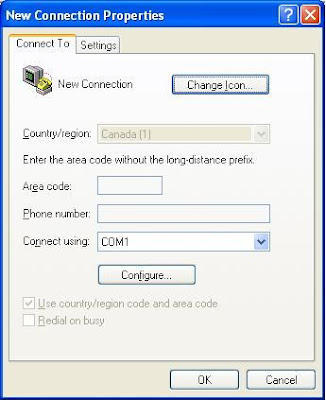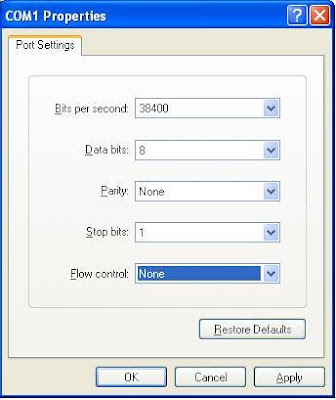Jargon
Powered Devices (PD)
The device being powered.
Power Sourcing Equipment (PSE)
The device supplying the power
Endspan PSE
Also known as POE Switches. The switch (or other network endpoint) supplies the power.
Midspan PSE
The
Power is injected onto the cable outside of the network end point. You
use Midspan PSE’s when you are using a standard switch with no POE
capability but you want the Ethernet cable to carry the power to the
field device. You thus inject power at a ‘midpoint’
Modes
This
jargon term is used to define whether power is carries on the data
lines or the spare line. The PSE determines the mode. The standard
requires that PD’s support both modes. The PSE may not activate both
modes at the same time.
Mode A
The data lines also carry the power.
Mode B
Spare or non-data lines carry the power.
POE Power Class
A
term that describes the amount of power supplied. The PSE sets the
class based on how the PD signals it for power. During the start up
phase, the PD draws a specific amount of current. This tells the PSE
what class to operate at.
Class Power In Watts Classification Current mA 0 0.44 to 12.95 <5 1 0.44 to 3.84 10.5 2 3.84 to 6.49 18.5 3 6.49 to 12.95 28 4 Reserved 40
POE Powering Stages
A
PSE must never send power to a device that does not expect it. For this
reason power is not simply applied when a connection is made. Rather
the PSE progresses through these powering stages.
Signature
PSE
probes the device to see if it is 802.3af compliant by looking for a
signature impedance of 25kOhm using a voltage of between 2.7 and 10V. If
the signature is not seen then the process terminates and no power is
supplied. The Signature stage restarts when cable is reconnected.
Classification
PSE
supplies a voltage and the PD draws a specific current. Based on the
current draw the PSE determines the power class to be supplied.
Startup
The PD starts up as the supplied voltage reaches a level sufficient for the device to operate normally.
Normal Operation or Disconnect
If
you remove the cable the PSE stops supplying power. Reconnection means
that the powering stages begin again with the signature stage. If the PD
stops using the supplied power (draws less than 10mA for 400mSec) the
PSE stops applying power returns to the signature stage.
Watch Out for
Two Issues – hotter cables and hotter switches
Some
of the power supplied will be lost as heat in the CAT5 cable. Heat
degrades the insulation (at best) or causes fires at worst. Based on the
802.3af spec the TIA permits a max of 100 CAT5 POE cables to be bundled
together. Thus is based on the spec of 350mA. There are devices that
can supply more current and hence the heat issue becomes more
pronounced.
The POE switches will draws more power and hence dissipate more heat from internal losses.
Polarity
The
POE standard does not specify which lines will carry the positive
voltage and which will carry the negative voltage. If the PD meets the
POE spec there are no issues. If it doesn’t then you could end up with a
polarity reversal and damage.
Some
device use non-data lines in the CAT5 cable for other purposes such as
voice. If such a device was connected to a PSE that doesn’t meet the POE
standard then it could be supplied a voltage it doesn’t expect and this
could cause damage.
Connecting non POE devices
Not
an issue of the PSE meets the standard because it won’t apply power
unless the field device presents the correct signature. If it doesn’t
meet the spec, power could be applied continuously which means the the
non POE field device could see a voltage that it wasn’t designed for and
this could cause damage.
Voltage Level
Different vendors have implemented POE at different voltage levels. These PSE’s are non standard.
Eg.
Cisco 48V
Intel 12V or 24V
Symbol 12V or 24V
Apple 48V











